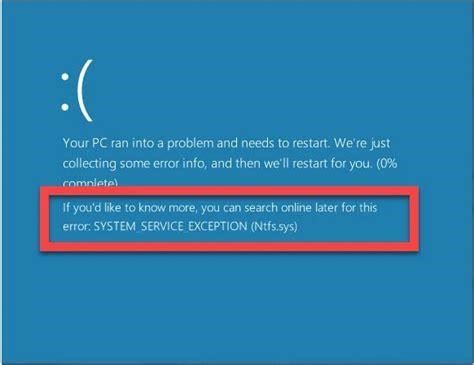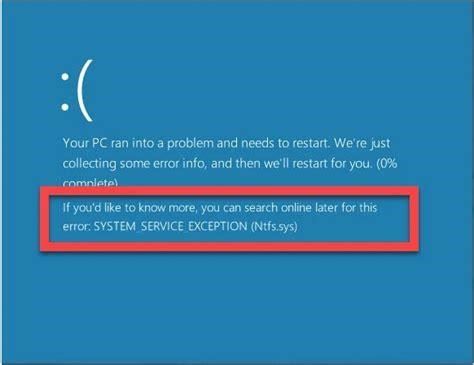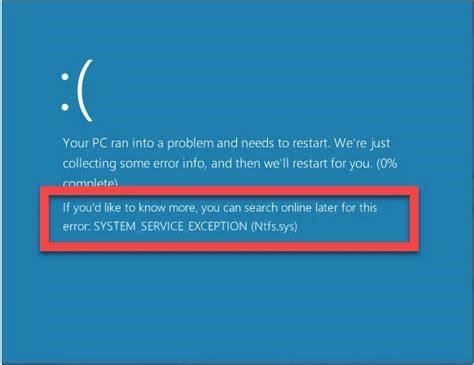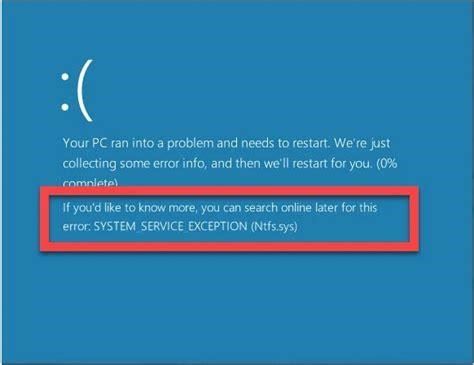Resolving Those Pesky Windows Login Pop-ups Once and For All
We’ve all been there – working on an important project when suddenly a Windows login pop-up appears, interrupting our flow. While occasional pop-ups requesting login credentials can be expected on a shared work computer, dealing with endless login prompts on your personal device is downright maddening.
In this guide, we’ll walk through some proven solutions to banish those annoying Windows login pop-ups for good. After scouring passionate Windows forum discussions, we’ve identified the top strategies employed by savvy Windows users.
First Things First – Rule Out a Simple Connection Issue
Before pulling your hair out, first check for Wi-Fi or network connectivity problems. We once spent hours trying to diagnose a login loop before realizing the Wi-Fi was simply disabled! Open Settings > Network & Internet and ensure you have an active, stable internet connection.
How do I keep using my Microsoft account to sign into Windows?
Ok, go here, and if you want to keep using your Microsoft Account to sign into Windows then leave it alone or switch to sign in with Local account. But if you are using either one to sign into Windows with, go here and remove the top one for signing in to your email automatically. restart PC.
Why am I getting a mail error message on Windows 10?
Sadly, it seems that there are some issues with the Mail App and some users are getting the error message Your account settings are out of date. Before trying to fix this error make sure that your Windows 10 is up to date.
While here, scroll down and select Data usage to ensure your connection isn’t being throttled. If connectivity checks out, it’s time to dig deeper.
Disable Nearby Sharing and Share Across Devices
Next, navigate to Settings > System > Shared experiences and turn off Nearby sharing and Share across devices. These handy features unfortunately seem prone to triggering nagging login prompts.
Disabling them solves the issue for many frustrated Windows users. If you rely on these options, you can always re-enable them after confirming the pop-ups have stopped.
Prune Old Accounts in Settings
Outdated school, work or email accounts linked to your Windows installation can also spur repeated logins. Open Settings > Accounts > Access work or school and carefully inspect your connected accounts.
Any you no longer access should be promptly removed with the "Disconnect" button. If an old account persists in triggering pop-ups after disconnecting, you may need your administrator’s assistance to fully delete it.
As a precaution, also open the dedicated Mail and Calendar apps to double-check no outdated accounts are configured there.
How do I Stop my Microsoft account from logging in?
This means signing in to your PC using a local account (i.e., an offline account), instead of your Microsoft account. To disconnect your Microsoft account as a sign-in option, go to Settings > Accounts > Your Info and click Stop signing in to all Microsoft apps automatically.
Can You Change User Account Control in Windows 10?
Any user or app can make any changes to the computer without restriction. With the default setting, Windows 10 prompts for administrator credentials when a user or app initiates an action that will modify system files. There’s not a lot of reason to change the User Account Control setting, but you can.
Create a New Local Administrator Account
If you just can’t shake those login prompts, creating a brand new local admin account could do the trick. Simply add the account in Settings > Accounts > Family & Other Users then migrate your files/settings over before deleting your original profile.
This technique essentially gives you a fresh start while retaining your apps and data. Just be sure to back up critical files first.
Temporarily Disable Security Software
Aggressive antivirus or firewall apps can sometimes interfere with Windows’ login process. If you’ve exhausted other options, try whitelisting Windows from your security software or disabling it entirely as a test.
Once the pop-ups stop, you can tweak your security software’s settings to prevent future conflicts. Only attempt this if you’re comfortable briefly lowering your defenses.
Reset Shared Experiences
For Windows 10 users, the Fix Now button under Settings > System > Shared experiences can work wonders. Let it run and patiently respond to any account prompts. Fix Now will methodically reset connected accounts and associated permissions.
Repair Corrupted Profiles
In rare cases, the user profile containing your settings and preferences becomes damaged, triggering recurrent logins. Fixing a corrupted profile is an advanced process best left to pros, but we’ll summarize the key steps:
How to update Windows 10 to a new version?
To do that, you need to do the following: When Settings app opens, select Update & security. Now click on Check for updates button. Windows will download and install the missing updates. After installing the updates, you can switch back to your main account and everything should start working again.
How do I open the Settings app on Windows 10?
You can try opening the Settings app from the Start Menu. Click on the Start Menu and click on the settings icon. While you’re at it, also try to right-click on the settings icon and select More > App settings to see if that opens the Settings app. Another way to open the Settings app is with a right-click on the Start Menu and selecting Settings.
- Back up critical user files
- Use the registry editor to rename the damaged profile
- Create a new profile and migrate content
- Run SFC and DISM system file checks
- Take ownership of the user folder and reset permissions
This arduous but effective technique essentially rebuilds your profile from scratch. For detailed guidance, consult a technician.
Update Windows and Hardware Drivers
Before getting too fancy, don’t overlook something simple – make sure Windows is up-to-date. Navigate to Settings > Update & Security and install the latest patches. Also update your device drivers, especially for core components like network adapters.
An outdated OS or driver can definitely cause account issues. Updating them is quick and painless.
Say Goodbye to Login Prompts
With a bit of focused troubleshooting, you can squelch those annoying Windows login pop-ups for good. Start with simpler solutions like disabling Nearby Sharing, removing old accounts and creating new profiles.
How to fix Windows Update settings not opening error?
Solve the error of Windows update settings not opening by using professional third-party software or the troubleshooter for Windows apps. When you encounter the Windows update settings not opening error, install the necessary updates or create a new user.
How do I connect a Microsoft account to Windows 10?
Open Settings. Click on Accounts. Click on Your info. If you have a local account, click the Sign in with a Microsoft account instead option to link the account with a Microsoft account. Continue with the on-screen directions. Quick tip: If this is a new account, you may need to click the Verify button to verify your identity.
How do I remove my Microsoft account settings?
If you have to sign in, do so using the account from which you want to remove the settings info. Click “Yes” when asked for confirmation. Your account settings are now removed from Microsoft’s servers. Any new device you sign in with using your Microsoft account won’t carry over any settings from your old PC.
For trickier cases, temporarily moderating security software or diving into your user profile’s permissions often does the trick. Just be sure to back up your files first!
Armed with these tips, you can finally use your Windows device distraction-free. Let us know if we missed any other proven techniques for banishing pesky login prompts!
References
- https://learn.microsoft.com/en-us/mem/intune/user-help/troubleshoot-your-windows-10-device-windows
- https://support.microsoft.com/en-us/windows/windows-error-message-we-can-t-sign-in-to-your-account-18d55f00-a6e7-9106-29ee-54fa223c0ca8
How do I fix a Microsoft account error?
Click the account and select Change account type. 6. Click the Account type drop-down, choose Administrator, and select OK. Restart your computer, sign in with the local account, and check if that stops the “We need to fix your Microsoft account” error notification. Make sure you have the latest Windows 10 build installed on your PC.
What is Windows Update & how do I Fix It?
Windows Update: Detects problems that make block updates from downloading and installing on your PC. The “Find and fix other problems” section is where you’ll find the most troubleshooters, but these are to fix less common problems on Windows 10: Blue Screen: Diagnoses errors that may be causing Windows 10 to fail and restart without reason.




